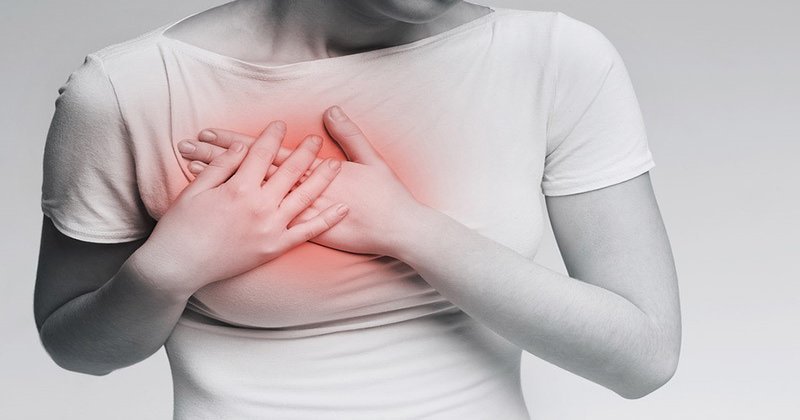Mastitis is a common condition that affects women who are breastfeeding. It is characterized by inflammation and infection of the breast tissue, which can cause redness, swelling, pain, and fever. In severe cases, it can lead to an abscess (a pocket of pus) or even sepsis (a life-threatening infection that spreads throughout the body).
Symptoms of Mastitis
Symptoms of mastitis typically include:
Pain and tenderness in the breast, often concentrated in one area
Redness, warmth, and swelling of the breast
A lump or thickening in the breast
Flu-like symptoms such as fever, chills, and fatigue
Nausea and vomiting
A feeling of fullness or pressure in the breast
A breast that is hard to the touch
The most common cause of mastitis is a blocked milk duct, which can occur when milk is not properly drained from the breast. This can happen when a baby is not latched on correctly or when a mother’s milk supply becomes overfull. Other factors that can increase the risk of mastitis include:
Stress
Fatigue
Illness
Anemia
Engorgement (when the breasts become overly full of milk)
Treatment for Mastitis
The primary treatment for mastitis is antibiotics, which are prescribed to help clear up the infection. If an abscess has formed, your doctor may also recommend drainage of the abscess. In addition to antibiotics, there are several things you can do to help relieve the symptoms of mastitis and promote healing:
Rest as much as possible
Use a warm compress to help stimulate milk flow
Nurse or pump your milk regularly to help keep your milk flowing
Use a comfortable breastfeeding position
Drink plenty of water and fluids to help keep your milk supply up
Apply a topical pain reliever to the affected area
Try to relax and reduce stress as much as possible
In addition to these self-care measures, it’s also important to pay attention to your body and seek medical help if you notice any signs of complications, such as an abscess or sepsis.
Prevention of Mastitis
To reduce your risk of developing mastitis, there are a few steps you can take:
Pay attention to your baby’s latch-on and make sure they are nursing correctly
Be mindful of your milk supply and avoid letting your breasts become engorged
Take regular breaks to rest and relax
Drink plenty of fluids to stay hydrated
Avoid tight-fitting bras or restrictive clothing
Practice good hygiene, such as washing your hands regularly and avoiding touching your breast or nipples with dirty hands
Mastitis is a common problem among breastfeeding mothers, but with prompt treatment and proper self-care, it can be effectively managed and treated. If you experience any of the symptoms of mastitis, be sure to seek medical help right away to prevent complications and ensure a speedy recovery.

 Home
Home Health
Health Diet & Nutrition
Diet & Nutrition Living Well
Living Well More
More












